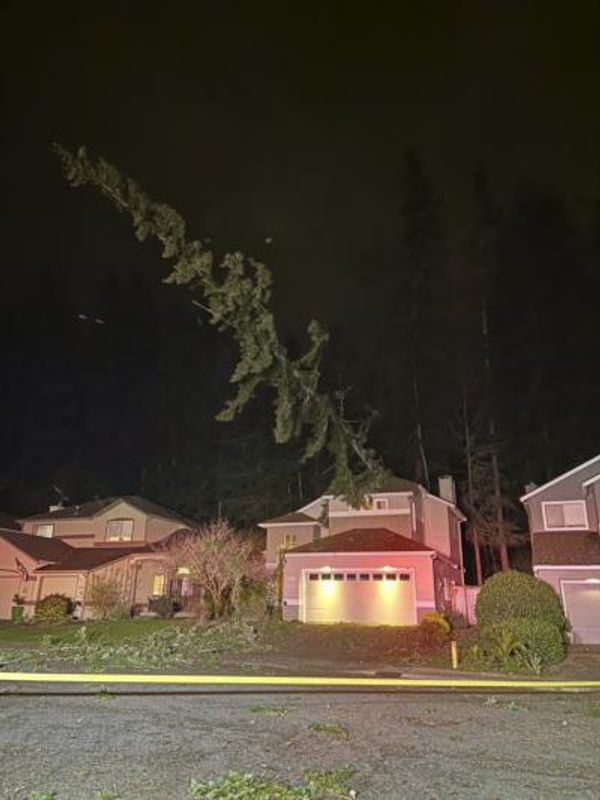SAN DIEGO — One of the first things Carter Hawkins did when he accepted the job as the Cubs’ general manager a year ago was to delete Twitter, he said this week at the winter meetings.
He has other ways to gauge fan opinion. He can feel Cubs fans’ hunger just walking around Wrigley Field. He said that at his kids’ birthday parties he’ll hear grumblings about what ‘‘they’’ did.
‘‘It’s very obvious how much the fans want a winner,’’ Hawkins said. ‘‘And it’s something that we value a ton and factor in a lot as we’re thinking through things. And whether they want to believe it or not, we feel the same way and are doing everything we possibly can to get there.’’
The Cubs didn’t necessarily do enough this week to make skeptics believe. But adding a starting pitcher on a long-term contract and betting on a former MVP center fielder on a one-year deal made for a good start to a pivotal offseason in their rebuild.
The waves of judgment — positive or negative — will hit with the most force as the top of the shortstop market resolves and as spring training approaches.
‘‘I’m really, really glad with the two guys that we are able to potentially come to agreement with while we were [at the winter meetings],’’ Cubs president of baseball operations Jed Hoyer said of right hander Jameson Taillon and center fielder Cody Bellinger. ‘‘And, obviously, there’s a lot of offseason left.
‘‘I feel like I’ve been conditioned to think the offseason goes until spring training. Now, maybe this year, that’s not the case. But there’s a lot of time and a lot of good players out there.’’
The Cubs have shown interest in both the remaining top free-agent shortstops, Carlos Correa and Dansby Swanson. But Trea Turner, who signed an 11-year, $300 million contract with the Phillies, and Xander Bogaerts, who landed with the Padres for 11 years and $280 million, set a high bar for the group.
Whether the Cubs are prepared to compete in a market willing to commit that many years to free agents at or approaching 30 remains to be seen. Correa and Swanson, both of whom are 28, are the youngest of the Big Four shortstops who hit free agency this winter.
The Cubs technically could get by without adding a shortstop. Nico Hoerner has proved he can be an everyday starter at the position, and they have several internal options at second even without Hoerner sliding over. But signing a top shortstop would be an obvious way for the Cubs to add an impact bat.
They’re also active on the catching market, and the first domino in that area fell with former Cub Willson Contreras signing with the Cardinals on a five-year deal reportedly worth $87.5 million.
‘‘One of the challenges we have is that until our farm system really starts producing — which I think it will be in the next couple of years — that leaves you with more holes,’’ Hoyer said. ‘‘We don’t have five or six prospects who are ready to come up and fill spots.’’
The Cubs have work to do this offseason on the pitching side, too, even with homegrown hurlers such as Justin Steele and Keegan Thompson establishing themselves in the majors.
The Cubs still could add to the rotation, but the starter would have to be good enough to push another pitcher into a swingman role or to Triple-A for depth.
On the reliever front, the Cubs seem most likely to fill out their bullpen the way they did last season: by signing relievers with upside to short-term deals and banking on their ability to get the most out of them.
Add David Robertson, who reportedly agreed to a one-year, $10 million contract with the Mets on Thursday, to the list of relievers for whom the Cubs have been a springboard. Last March, he joined the Cubs for $3.5 million. The team then dealt him to the Phillies at the trade deadline for right-hander Ben Brown, who is ranked No. 7 in the Cubs’ farm system by MLB Pipeline.
‘‘There’s a lot of really good free agents on the market,’’ Hoyer said. ‘‘We knew that everyone’s not signing while they’re [at the winter meetings]. Some deals take more time.’’ V







